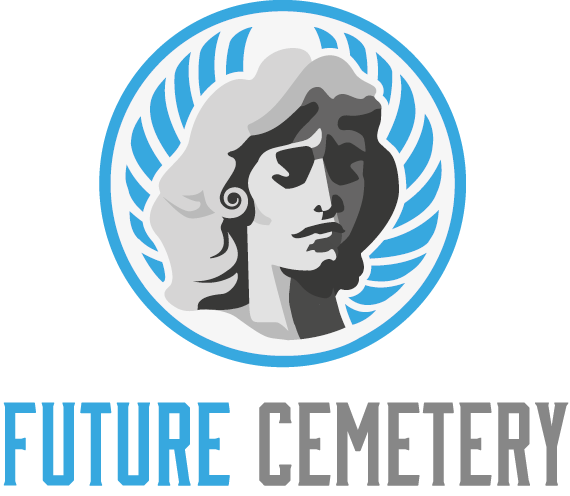
A cemetery is a place where people are buried. It can be a beautiful and peaceful location to visit. However, it can be hard to keep up with the maintenance of a cemetery. People often leave flowers and other items on gravestones. These things create a nuisance for groundskeeping staff.
Graves
The location of a grave is important for several reasons, including health and sanitation, religious concerns, and cultural traditions. Most modern cultures document the location of a burial site with headstones that may contain information or tributes to the deceased. These inscriptions can also be useful for genealogists and family historians.
A cemetery is a public place where people are laid to rest. It is often governed by specific rules and regulations that govern the types of memorials, grave decorations, and other items that can be placed on the site. These rules can vary by cemetery. They can be private, owned by a church, or run by a local government. Some are affiliated with a particular faith, while others are open to anyone who wishes to be buried there.
Burial plots
Burial plots are an important aspect of funeral planning and can help families avoid the stress of making decisions at the time of death. However, the cost of a burial plot can vary widely. The location of the cemetery, the type of plot, and the timing of the purchase are all factors that can influence cost.
When considering a burial plot, consider your family’s needs and budget. Some options include single plots that accommodate one individual, companion plots designed for two individuals buried side-by-side, and double-depth plots that allow caskets to be stacked on top of each other, reducing costs. Also, ask for a price list and read the cemetery’s bylaws carefully. They may contain hidden fees and conditions that are difficult to understand.
Monuments
Cemetery monuments provide a physical place where family and friends can remember their loved ones. They are also a focal point for grief and help the healing process. Memorials can be designed with specific inscriptions and religious symbols that reflect the deceased’s life journey.
Monuments come in a variety of styles, including upright monuments, slant headstones, and flush memorials. Each style offers unique design features, which allow families to choose the perfect monument for their loved one.
Purchasing a monument can be an overwhelming task for surviving family members. Pre-planning your monument ahead of time can remove this burden and ease the grieving process.
Columbariums
Columbariums are a type of burial structure that holds urns for cremated remains. They can be found in a variety of places, including cemeteries, churches, crypts, and outdoor monuments. Some are freestanding structures, while others are built into mausoleums.
They offer a number of benefits that traditional in-ground burials cannot, such as reduced land disturbance and more space for visitors to visit. They also promote sustainable land use by reducing the demand for traditional plot sites.
Additionally, they provide a range of niche designs and sizes that allow families to choose a resting place that best suits their loved ones. Many also offer personalization services, such as urn selection and engravings. These options are important for families who prefer a more intimate and private memorial experience.
Maps
Cemetery maps are visual representations of a cemetery, including graveyard layout and monument locations. They are important tools for researchers and visitors because they can help them navigate the grounds and locate grave sites. Maps often use symbols that denote certain features or details of the site, such as pathways, trees, or buildings. Understanding these symbols will make it easier to interpret the information in a cemetery map.
Keeping accurate maps is essential for cemetery management, particularly when it comes to selling available plots. Managing a cemetery requires detailed records of burials and interments, and accurate mapping data makes those records manageable. Traditionally, cemeteries compiled their map information in paper ledgers or record journals. Now, some use spreadsheets or software designed for cemetery management to keep track of all the data in one place.
